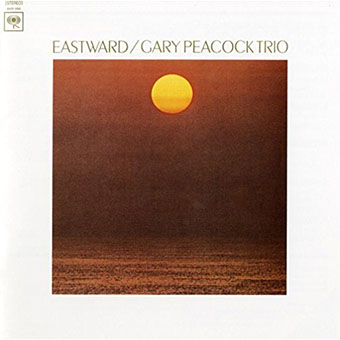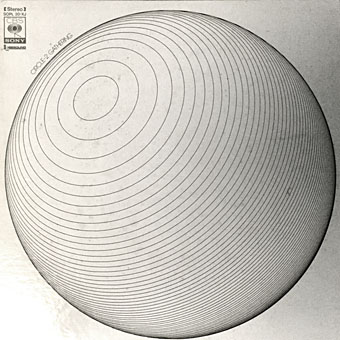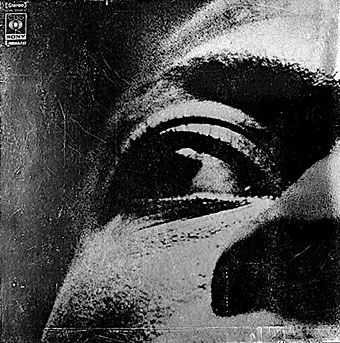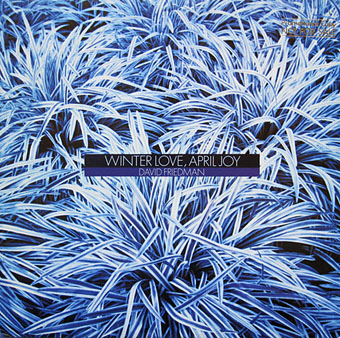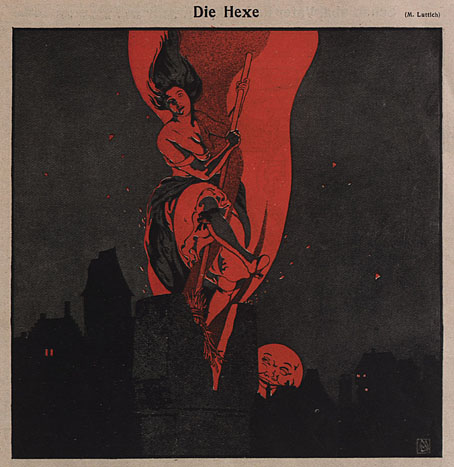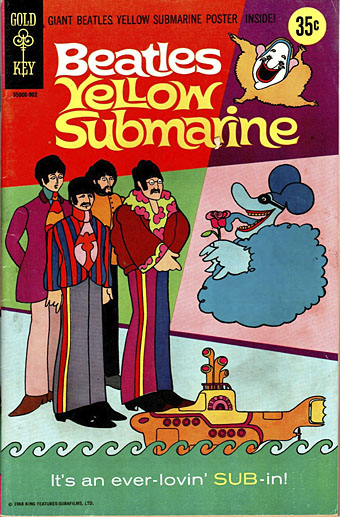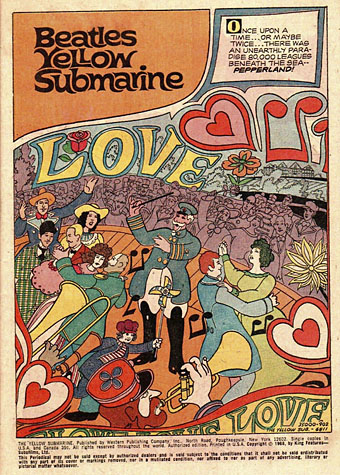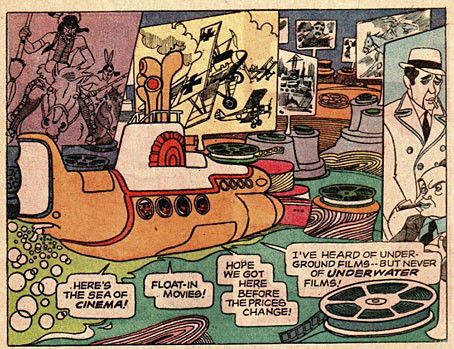Transmigration Macabre is the curious title of a disc by Ravi Shankar that turned up in one of the local charity shops this week. The album is the score for a short British film, Viola, made in 1967 when Indian music was enjoying its fleeting novelty status in the West. Prior to this, Shankar had provided music for Jonathan Miller’s TV film of Alice in Wonderland, Conrad Rooks’ Chappaqua, and an obscure independent feature, The Psychedelics. Transmigration Macabre wasn’t released until 1973, however, when the sitar fad had long since expired, but it does does work well as an album in itself, albeit a short, monophonic one. I wrote something about the album in 2008 after it provided the key to a minor musical mystery. At the time I only had a collection of mp3s so it’s good to find a cheap disc of the music.
The most notable feature of the score, also the feature that solved my musical mystery, is the appearance on several tracks of the Cristal baschet, a unique instrument made of glass rods and metal cones created by Bernard and François Baschet, and played by Structures Sonores (aka Structures Sonores Lasry Baschet), the group the Baschet brothers formed with Yvonne and Jacques Lasry. The combination of the Cristal’s weird timbres with Ravi Shankar’s sitar playing works so well I wish the ensemble had recorded more together. The presence of the Cristal also makes Viola one of the few films that features the instrument at all, something I find surprising given the otherworldliness of the Cristal sound. Viola is a supernatural story directed by Dunstan Pereira in which “a man believes that his dead wife has returned in the form of a cat to haunt him”, hence the need for uncanny sounds. The film is described as being comprised of still photos, a common technique for low-budget shorts. Producer Richard Davis adapted his own short story, The Female of the Species, which was first published in And Graves Give Up Their Dead in 1964, a book that also appears to illustrate his story on its cover. The BFI has a copy of the film that’s free to watch but it wouldn’t play for me so I’ll just have to imagine the visuals while listening to the music.
Previously on { feuilleton }
• Alice in Wonderland by Jonathan Miller
• Cristalophonics: searching for the Cocteau sound



